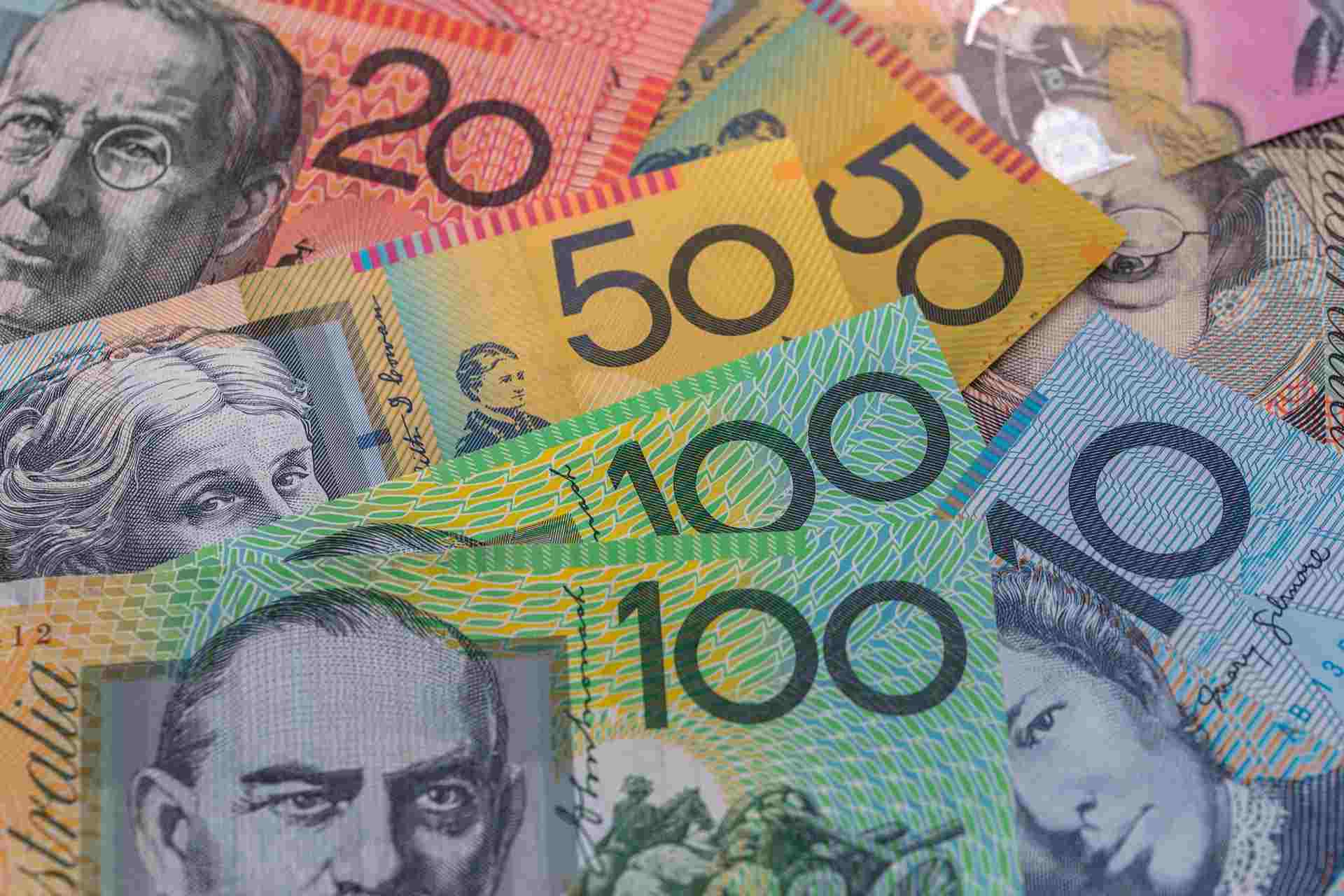The brutal rally in US equities finally faltered yesterday, which also helped put a bid under US treasuries just as the latter had slipped to a local low and thus drawing a line in the sand for the recent back up in US yields and back-up in USDJPY, which passively tracks US long yields.
The action in the USD is otherwise lacklustre and it all feels like a very nervous wait for the June 19 Federal Open Market Committee meeting where the Powell Fed has the unenviable task of communicating with a market that has already pre-celebrated with a considerable dose of the policy punch. At the same time, the still very flat yield curve suggests that the market doesn’t believe that any Fed easing will impact growth and inflation for the longer run. Is the market saying then: “Thanks for the cuts, Jay, great for asset prices, but too bad about that inflation thing.”
In other words, the Fed’s “patience” and talk of an asymmetric inflation target is futile as the Fed does not have the ability to bring inflation via interest rate adjustments or with its now-deemed-conventional QE. A steepening yield curve would suggest that Fed cuts are seen as eventually providing some traction on inflation, but that hasn’t really happened so far outside of marginal steepening at the very long end of the curve (30-year). Will the Fed recognise this more openly at some point and how would the market absorb such an admission?
Another angle for the here and now is whether the Fed wants to send too dovish a signal and encourage a fresh binge of stability-threatening speculation when US equities have edged back within a couple of percent of all-time highs. Better to wait either for clear signs that the US economy is slowing or a more ominous phase of the US-China trade policy showdown to develop? So, the Fed may get to where the market is saying it will be by year-end, but may be unwilling to do the deed until the writing is on the wall.
Some minor inputs into next week’s FOMC meeting in today’s May CPI release and Friday’s US Retail Sales report, but everyone, including the Fed, will more closely watch the June 28-29 Osaka G20 summit for a status check on the US-China trade showdown.
Chart: EURAUD monthly
We flagged EURAUD in our FX Breakout Monitor yesterday as an interesting one, both on the local break of resistance, but also for the bigger picture, as the highest weekly closing level for the pair since late 2009 is not far (1.6338) from the current level. It may appear locally that EURAUD is elevated, but its pre-financial crisis trading range was centered around here to a bit higher, so this is not an exceptionally elevated level historically. Australia’s latest jobs report is up tonight, with considerable possible impact on a surprise, given the Reserve Bank of Australia’s linking of its policy plans to the strength of the labour market.
Most emerging market currencies have seen a solid run of strength in recent days as the run-up in rate cut anticipation from the Fed has driven a chunky global risk appetite rally, not only in equities, but also in corporate and emerging market credit spreads. The Mexican peso has benefitted the most since the weekend on Trump’s reversal on tariff threats, but ZAR and RUB and most Asian EM FX are well away from recent lows versus the US dollar as well.
The critical next test for the always-USD and US yield-sensitive EM will be next week’s FOMC meeting discussed above. Today, Turkey’s central bank meets and a minority are looking for a rate cut of the 24% one-week repo rate. Turkish short rates have fallen rapidly over, largely in general correlation with EM credit spreads. The Turkish two-year swaps spiked above 30% in early May but are now back down below 23%.
The leadership election process for the UK’s Conservative party gets into full swing tomorrow with the first vote for the 10 candidates, with all of those failing to achieve 17 or more votes to be dropped in the beginning of a winnowing process that reduces the number of candidates to two by June 22, whereupon a month-long write-in voting process begins, with the winner to be declared on July 22. Boris Johnson leads the race with the BBC late yesterday estimating he has 70 of the 330 Conservative MPs’ support. I will be doing a write up on the Brexit endgame from here in the coming day or two and some thoughts on how to position in sterling.
